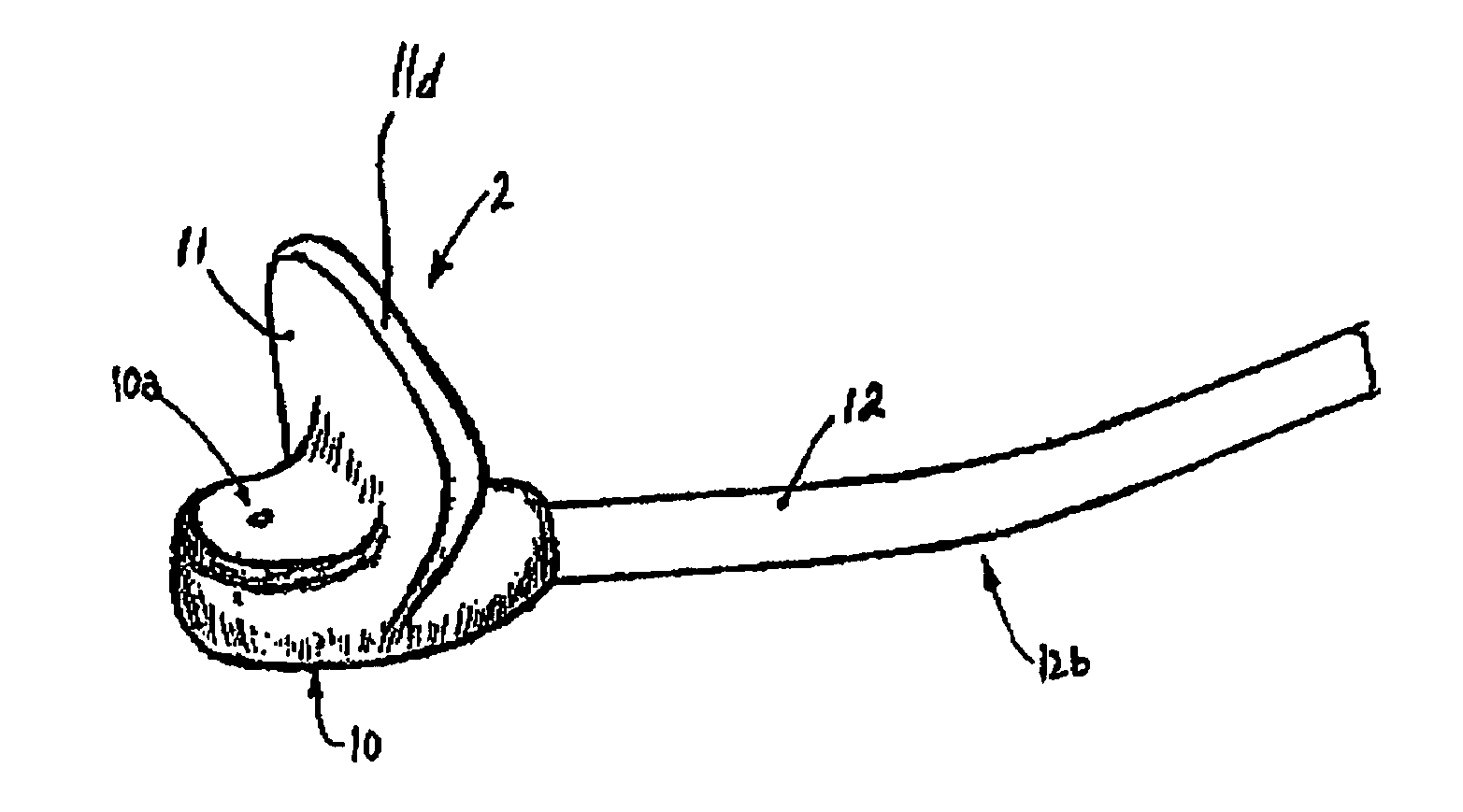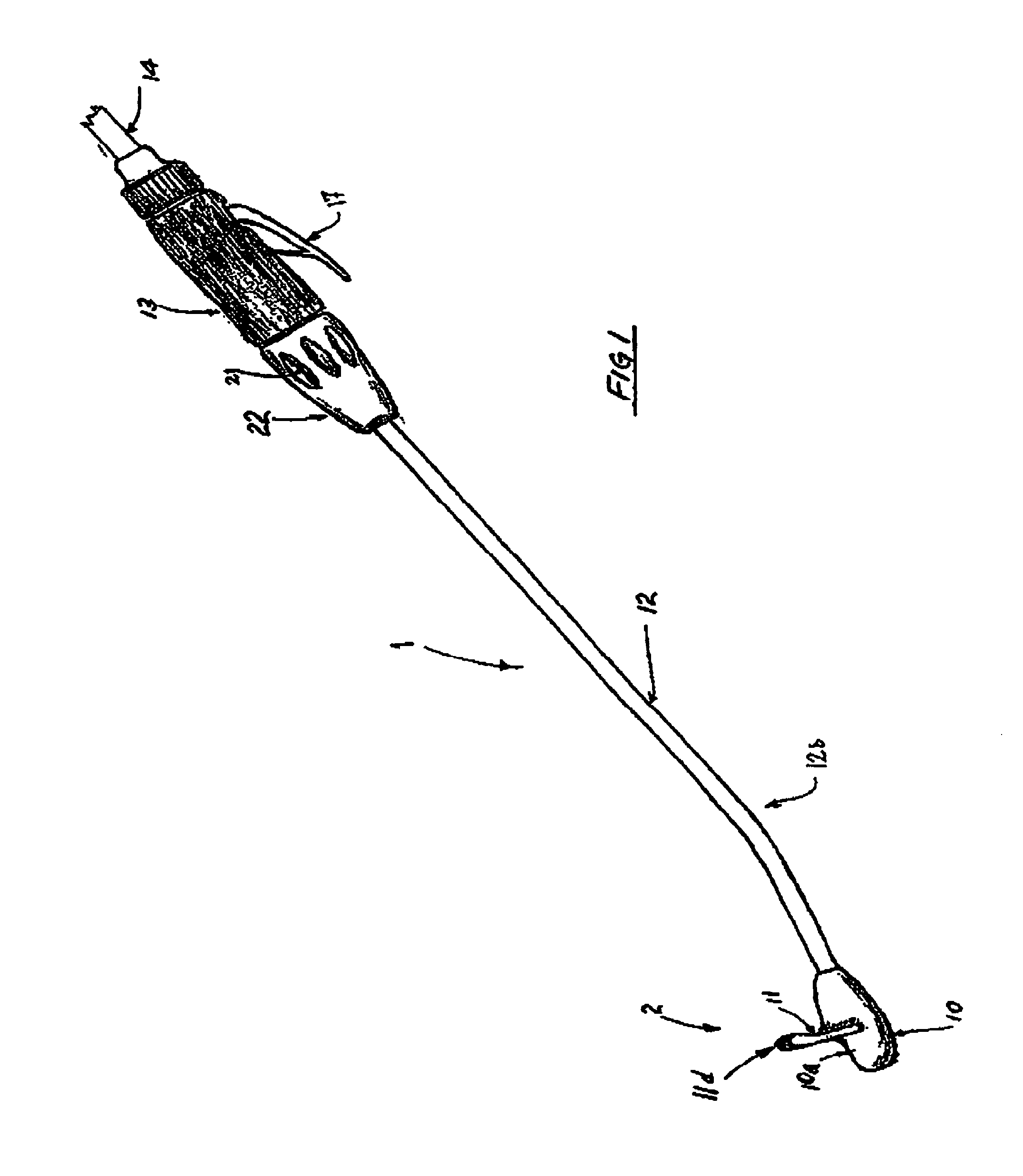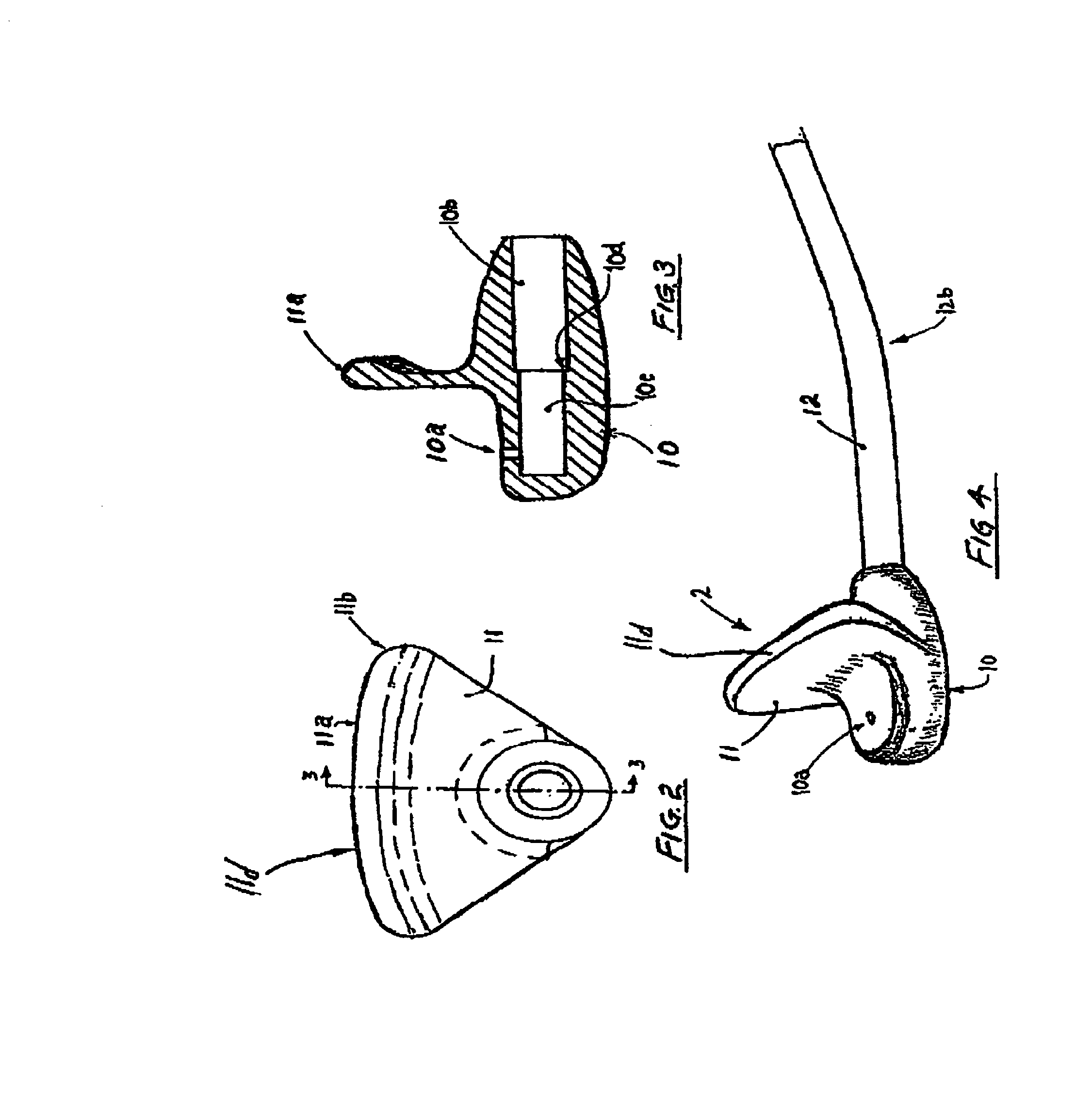Anal cleaning device
a cleaning device and anal technology, applied in bathing devices, lavatory sanitory, physical therapy, etc., can solve the problems of cross contamination to other areas, wiping with paper is generally not a perfect way of cleaning the anal area, and can be messy, so as to prevent damage
- Summary
- Abstract
- Description
- Claims
- Application Information
AI Technical Summary
Benefits of technology
Problems solved by technology
Method used
Image
Examples
Embodiment Construction
[0069]Referring firstly to FIGS. 1 to 9, where like reference numerals represent similar or like parts, FIG. 1 shows a perspective view of a first preferred anal cleaning device 1 in accordance with the present invention. The device 1 includes a handle 13 having various parts as shown in FIGS. 5 to 8. A flexible supply tube 14 is connected to the handle and pressurised water is supplied thereto, typically from a wall mounted tap, preferably of the lever operated type.
[0070]The device includes a fluid conveying rod in the form of a hollow cylindrical bent tube 12 (bent at 12b) with the length and bend being sufficient to allow for easy positioning of the device eg. with one's forearm resting on one's thigh.
[0071]The device also includes a flow directing member such as for example a cleaning head 2 having a partly hollow (FIG. 3) cleaning head body 10. A wall member in the form of flange 11 projects generally orthogonally from the body 10. The flange 11 is typically integrally formed ...
PUM
 Login to View More
Login to View More Abstract
Description
Claims
Application Information
 Login to View More
Login to View More - R&D
- Intellectual Property
- Life Sciences
- Materials
- Tech Scout
- Unparalleled Data Quality
- Higher Quality Content
- 60% Fewer Hallucinations
Browse by: Latest US Patents, China's latest patents, Technical Efficacy Thesaurus, Application Domain, Technology Topic, Popular Technical Reports.
© 2025 PatSnap. All rights reserved.Legal|Privacy policy|Modern Slavery Act Transparency Statement|Sitemap|About US| Contact US: help@patsnap.com



